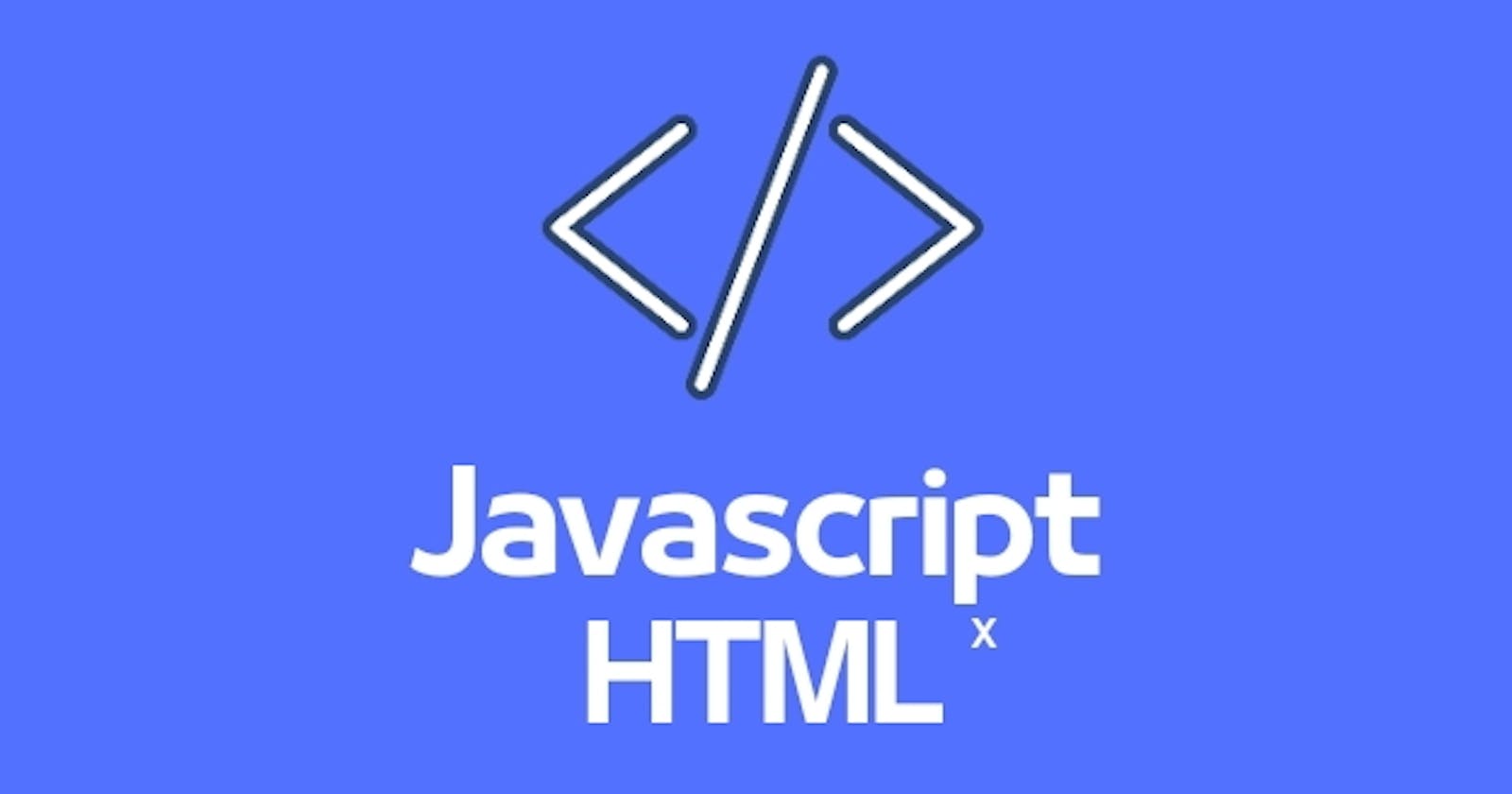Differentiating JavaScript from HTML.
JavaScript is a programming language that is commonly used to build interactive and dynamic websites. It is frequently used in conjunction with HTML and CSS to create rich, engaging web experiences. JavaScript is a full-fledged programming language capable of building complicated algorithms and executing advanced computations, as opposed to HTML, which is a markup language used to define the structure and content of web pages.
One of the primary distinctions between JavaScript and HTML is that JavaScript is used for programming and scripting, whereas HTML is used to define the structure and content of web pages. HTML is used to construct headings, paragraphs, lists, tables, forms, and other web page elements. JavaScript, on the other hand, is used to construct dynamic and interactive features like pop-up windows, drop-down menus, image sliders, and more.
The syntax of JavaScript and HTML is another significant distinction. HTML employs tags to define items on a web page, but JavaScript uses a syntax comparable to other programming languages. Here are some examples of HTML and JavaScript syntax:
HTML syntax:
<!DOCTYPE html>
<html>
<head>
<title>My Web Page</title>
</head>
<body>
<h1>Welcome to my web page!</h1>
<p>This is a paragraph of text.</p>
</body>
</html>
JavaScript syntax:
let x = 10;
let y = 5;
let z = x + y;
console.log(z);
In the preceding example, we declare three variables, assign them values, add them together, and then use the ‘console.log()’ function to print the result to the console. This is simply a small example of what JavaScript can do, but it displays the language’s core syntax.
In conclusion, JavaScript is a strong programming interactive website dynamic and interactive websites. JavaScript is used to develop complicated algorithms and execute advanced computations, whereas HTML is used to define the structure and content of web pages. Web developers may create rich, engaging user experiences that are both functional and visually appealing by understanding the differences between these two languages.
